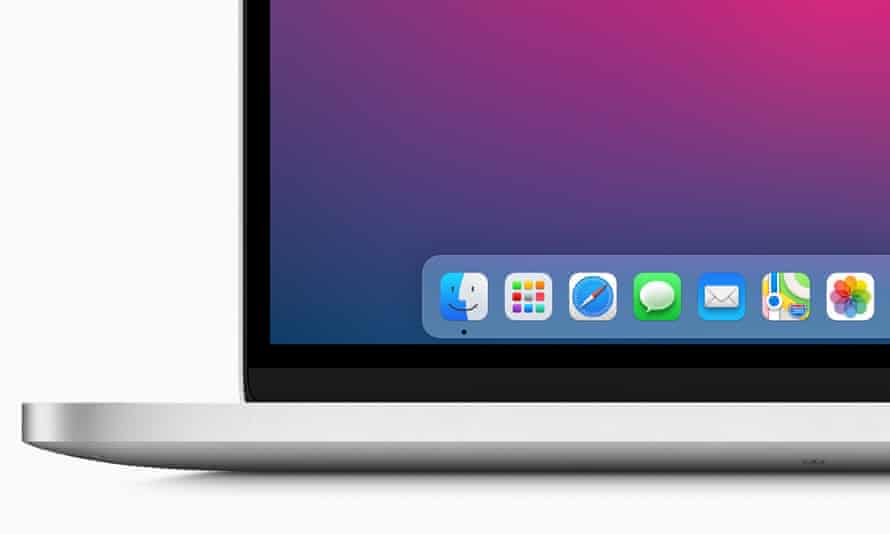By default Mac doesn't show you the Root directory in Finder or Desktop. In this guide, I will show you how to access the root directory in Mac, there are several ways to do it. Super press the button simulator 2019 mac os. I will also tell you how to see the hidden directories in root directory.
Don't Look At Greg Mac Os Sierra
Method 1: Show Macintosh HD in Finder and Desktop
In Mac, the root directory can also be referred as Macintosh HD as this will show you the root directory files and folders. By default you won't find it in Finder and desktop as most of the users do not need to access the system files and folders. Building relationships: foundations of love mac os. However you can change the settings in Finder Preferences to show it in Finder sidebar and as an icon on desktop.
To do this: Open Finder, go to Finder Preferences from the top finder menu and check the Hard disks option in General tab. This will show the Mac HD on Desktop.
To show the Mac HD in Finder sidebar: Open Finder, go to Finder Preferences from the top finder menu and go to Sidebar tab then check the Hard disks sub option listed under Devices. Habit of blood mac os. This will make the Macintosh Hd visible in finder sidebar. Dr lovemore slots.
Don't Look At Greg Mac Os Catalina
- And we don't know how to build them with the future PowerPC roadmap.' 7 8 By June 2006, only Apple's high-end desktop computer and server product were still using PowerPC processors. 9 The hardware transition was completed when Intel-based Mac Pros and Xserve computers were announced in August 2006 and shipped by the end of the year.
- Whether you're new to the Mac platform or have been using it for years, there's one feature built into Mac OS X or macOS that you should not only know about, but use. That feature is Time Machine, a built-in backup application used to keep an up-to-date copy of all of the files on your Mac. Time Machine is unique among most backup.
Note: Refer this guide to read this in detail along with the screenshots: Show Mac HD in Finder and Desktop.
Don't Look At Greg Mac Os X
Downloading and accessing the GlobalProtect Portal VPN for both Windows and Mac users. From your browser, go to 2. Select the appropriate download for your OS. If you are using Mac OS, click. For specific instructions. (Windows OS users continue below.). If the function keys on the top row of the keyboard are not working as expected, see Mac OS X: How to change the behavior of function keys. If the issue persists, use Keyboard Viewer to help isolate the issue: Click the Language & Text pane (Mac OS X v10.6) or International pane (Mac OS X v10.5.8 or earlier) in System Preferences. View Greg Mac's profile on LinkedIn, the world's largest professional community. Greg has 1 job listed on their profile. See the complete profile on LinkedIn and discover Greg's connections.
Method 2: Go To Folder option in Finder
You may not know this but there is a Go to Folder option in Finder that opens up a dialog where you can type the path and it would open up the content of given path in Finder.
You can use this option to open the root directory, all you have to do this is type the / in path field and click Go.
To open this, Open Finder, in the finder menu under Go tab select Go to Folder.
This will open up this dialog box. Type / and hit Go.
Method 3: Using command line

You can also access the root directory from command line. To do this: Open terminal: Press Command + Space, type terminal and hit return.
Type the following command in terminal and hit return
Note: There is a space between open and /.
Show hidden files and sub directories in root directory
By default the root directory will not show you the directories like /usr, /bin, /etc etc. To make them visible you need to show the hidden files.

You can also access the root directory from command line. To do this: Open terminal: Press Command + Space, type terminal and hit return.
Type the following command in terminal and hit return
Note: There is a space between open and /.
Show hidden files and sub directories in root directory
By default the root directory will not show you the directories like /usr, /bin, /etc etc. To make them visible you need to show the hidden files.
Open terminal and type the following command and hit return.
Endless joyrider mac os. Refer this guide to read about it in detail: Show/hide hidden files in Mac

